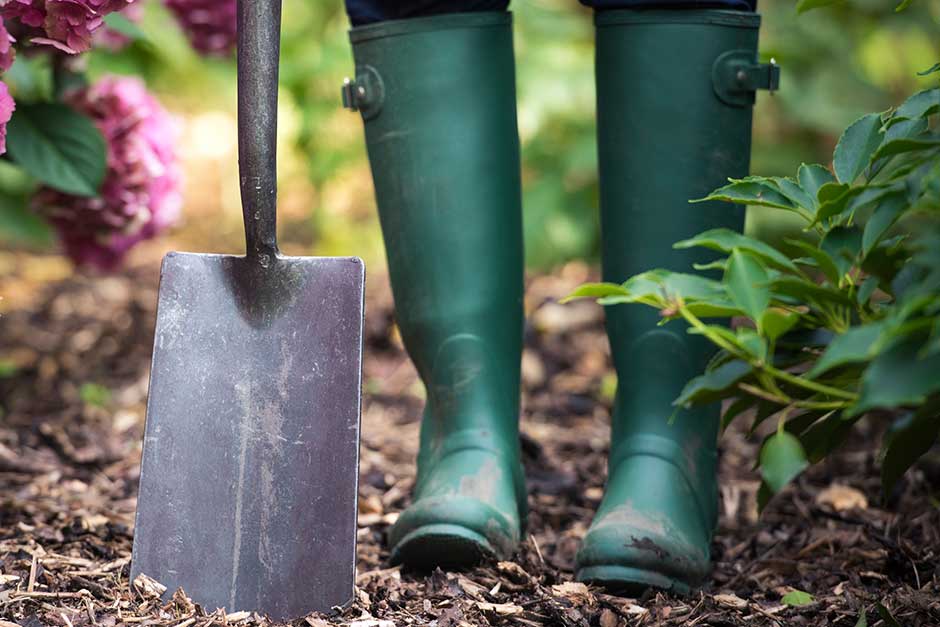
Introducing...
Bromeliads
This diverse and exotic group of plants will bring flamboyant colour to any home. They are tender, so are best grown as houseplants, but can also be grown outdoors in summer.
Looks
These plants are real show-stoppers, producing large exotic blooms with vibrant petal-like bracts. The rosette of leaves often has a water-filled 'well' in the centre. The leaves may be boldly striped or suffused with various hues.
Likes
Bromeliads thrive in a warm, bright spot indoors. They like humidity and regular watering during the growing season, and very free-draining compost. With bromeliads that have a 'well' in the centre of the rosette, empty and refill it regularly to keep the water fresh.
Dislikes
Bromeliads dislike cold temperatures and most can't be grown outdoors in winter. They don't enjoy very dry conditions during the growing season, but neither do they like soggy compost. Don't let the water-filled 'well' in the centre dry out.
Did you know?
Pineapples are bromeliads, and several compact forms can be grown as houseplants. One of the most attractive is Ananas comosus var. variegatus, which has variegated leaves and produces a small, red pineapple fruit. Unfortunately the fruit is too bitter to eat, but it is highly ornamental.
Growing guide

How to grow bromeliads
All the information you’ll need to grow and care for bromeliads in your home.
Love gardening
Sign up to receive regular gardening tips, inspiration, offers and more
View our Privacy Policy
Get involved
The Royal Horticultural Society is the UK’s leading gardening charity. We aim to enrich everyone’s life through plants, and make the UK a greener and more beautiful place.